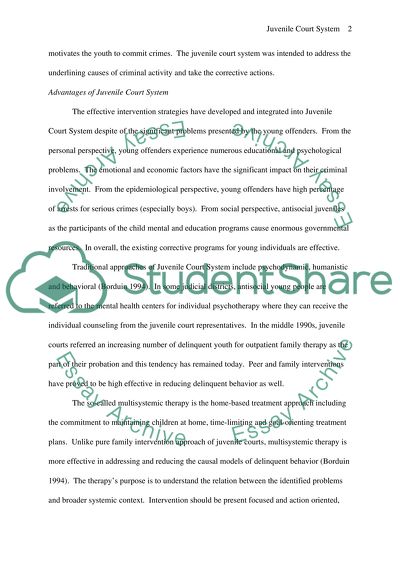Cite this document
(Juvenile Court System Term Paper Example | Topics and Well Written Essays - 2000 words, n.d.)
Juvenile Court System Term Paper Example | Topics and Well Written Essays - 2000 words. https://studentshare.org/law/1522639-juvenile-court-system
Juvenile Court System Term Paper Example | Topics and Well Written Essays - 2000 words. https://studentshare.org/law/1522639-juvenile-court-system
(Juvenile Court System Term Paper Example | Topics and Well Written Essays - 2000 Words)
Juvenile Court System Term Paper Example | Topics and Well Written Essays - 2000 Words. https://studentshare.org/law/1522639-juvenile-court-system.
Juvenile Court System Term Paper Example | Topics and Well Written Essays - 2000 Words. https://studentshare.org/law/1522639-juvenile-court-system.
“Juvenile Court System Term Paper Example | Topics and Well Written Essays - 2000 Words”. https://studentshare.org/law/1522639-juvenile-court-system.


